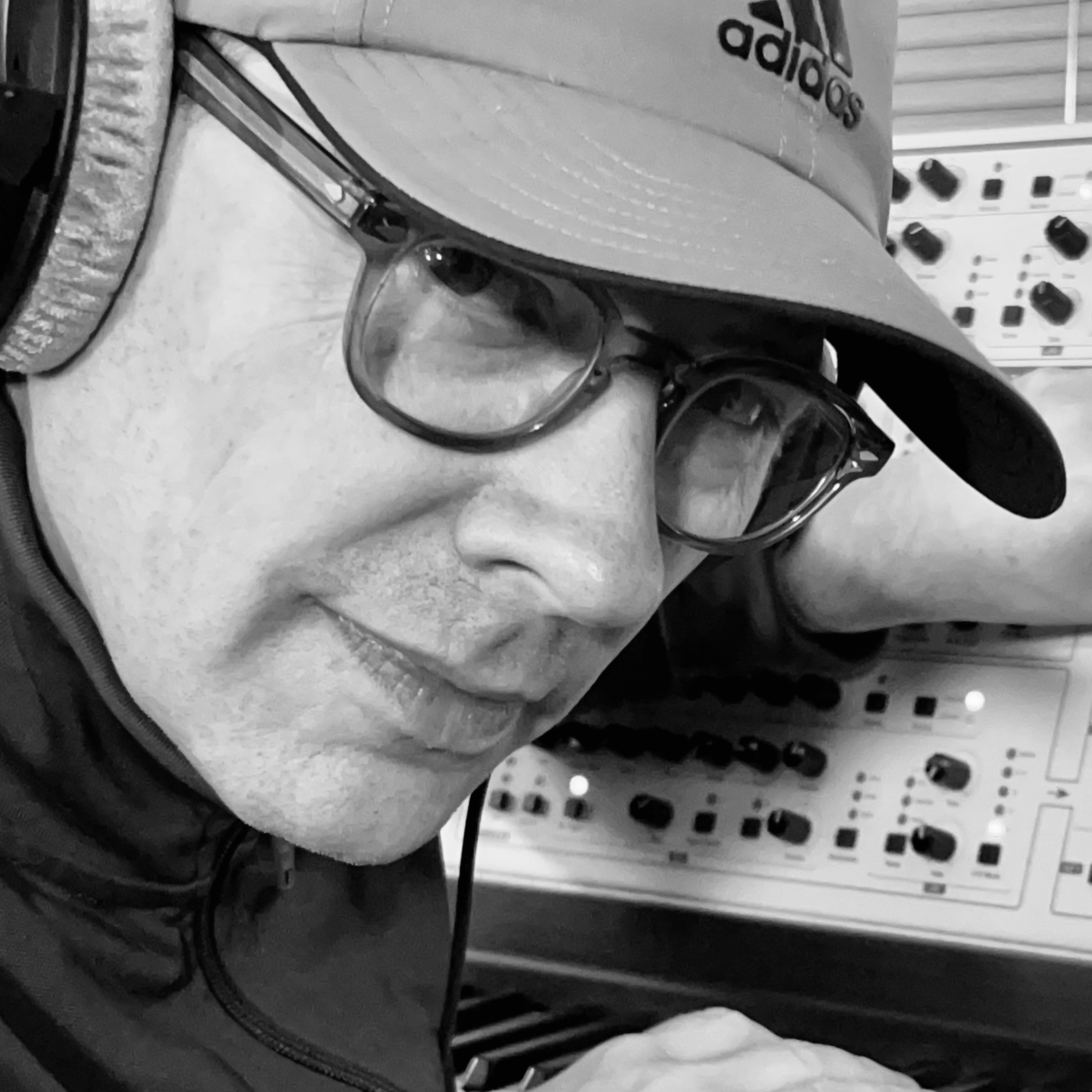“If you can hear it, the chances are other listeners will too!”: How to make virtual acoustic drum performances sound like the real thing
If you find that your MIDI recreations of acoustic drum parts are sounding a little robotic, we've got some tips and tricks to bring them to life, along with some great suggestions for acoustic drum plugin suites.

DRUMS WEEK 2025: You wouldn't be the first person to think that recreating a realistic sounding drum part should be an easy task in today's day and age, thanks to the immense technology that we have at our fingertips. The reality however can provide great challenges, with stodgy drum tracks that don't sound anything like real players. And, some listeners can really, really tell.
Even if the equipment in your arsenal is based around the samples that come with your DAW, there is still plenty you can do to gain the perfect groove. In the first instance, it's incredibly important to remember that you are trying to create something that sounds realistic, and there are several key elements which will stand you in good stead.
Firstly, we have to talk about feel.
The degree to which ‘feel' may influence your drum programming, tends to centre around the genre of music you are aiming to recreate. Commercial styles of music, particularly those associated with pop or dance, are likely to invoke heavier degrees of quantisation. Styles of music such as jazz and funk, are far more dependent upon an individual drummer’s performance and their style of playing. Consequently, it's going to be more difficult, but there are still things that you can do.
Always listen to examples of the music which you are trying to recreate in the drum sphere. Ask yourself what each drum element is doing and how it informs the groove. This can often be broken down into three instrumental elements, within the drum kit; the kick drum, snare and hi-hat.
One tell-tale giveaway often relates to the style of playing in the hi-hat. You’ll want to avoid the ‘machine-gun-like’ repetition that you find in so many programmed hi-hat patterns, in favour of adding accents on certain beats of the bar (or even offbeats) along with the occasional open hi-hat.
Within the realm of MIDI, the hardness with which you hit a note or drum pad registers on a scale between 0-127, as a recorded value known as the ‘velocity’ of a note.
Armed with some decent drum samples, you will find that these are often multi-layered, so hitting a note harder will not only sound louder, but will also provide a slightly different timbre to the sound. It should replicate the organic instrument.
It's a very similar procedure for both kick drum and snare drum parts, however the latter will often benefit from occasional ghost notes; these are much quieter notes that add colour to a drum groove, outside of the much louder backbeat.
Imagine that your snare part is loud on beats 2 & 4, but you are playing much quieter notes at other points within the bar.
These quieter notes are known as 'ghost' notes, and are particularly prevalent in more complex music, such as funk and jazz, and can very commonly be found in rock styles of music too.
How well these ghost notes audibly perform, may be indicated by the complexity of your available samples, and indeed the type of snare drum that has been sampled.
When trying to create a part which sounds humanistic, it's important to consider the player's perspective. If a drummer is hitting a kick drum, snare drum and hi-hat all at the same time, it stands to reason they might not land at literally the exact same time.
If you find yourself using quantise, you will find these instruments trigger at exactly the same time, which will undoubtedly yield a machine-like performance. Apply a small degree of humanise, which will stagger where each note lands, but in a very subtle way. The softening of the heavy transient, created by all three instruments triggering simultaneously, will fool the ear in to thinking that there’s more humanistic behaviour in the track than there actually is.
While we are talking about human performances, remember that a human being only has so many limbs, and in most drum examples, can only hit three drum elements at the same time. (There are exceptions to this, such as double-bass drums, but it’s a safe bet!) If your drum part extends beyond this number, it's going to be an impossible drum part, which is likely to give the game away!
We all succumb to the mercy of the plugin, and we are all guilty of adjusting values on screen to suit the numerics in our head.
There's only one way to tell if your MIDI drum performance sounds realistic, and that's to take your eyes off the screen, and listen objectively to the part you have created. Be truthful, and ask yourself if it really does sound like a real drummer. If it doesn't, try to ascertain the elements which are still not quite right, but always be truthful about the outcome, because if you can hear it, the chances are other listeners will too!
Programming drums using samples and MIDI triggering is not for everyone, but thankfully there are a substantial number of very worthy plugins that can help you in this pursuit. Better still, many of these started life with drummers playing live grooves, and it's unlikely that there is a better way to get a realistic outcome.
Here are some of our top recommendations
Toontrack EZdrummer 3
MusicRadar's got your back
Toontrack is arguably the company that started the ball rolling for those wanting to integrate live-sounding MIDI-based drums into their songs. That was over 20 years ago, but the company has not stood still for one moment, producing new and ever enhanced versions of its popular software.
The entry-level EZDrummer 3 is a deceptive example; populated with a staggering number of samples, across 7 drum kits, collated by legendary producer Michael Ibert, and at the equally legendary Hansa Studios in Berlin. The multi-layered sampling is enhanced by bespoke kit mixes, recorded in different rooms, within the Hansa studio complex. The package is enhanced by a considerable collection of very usable MIDI templates, triggered and played by a professional drummer, with percussion examples too.
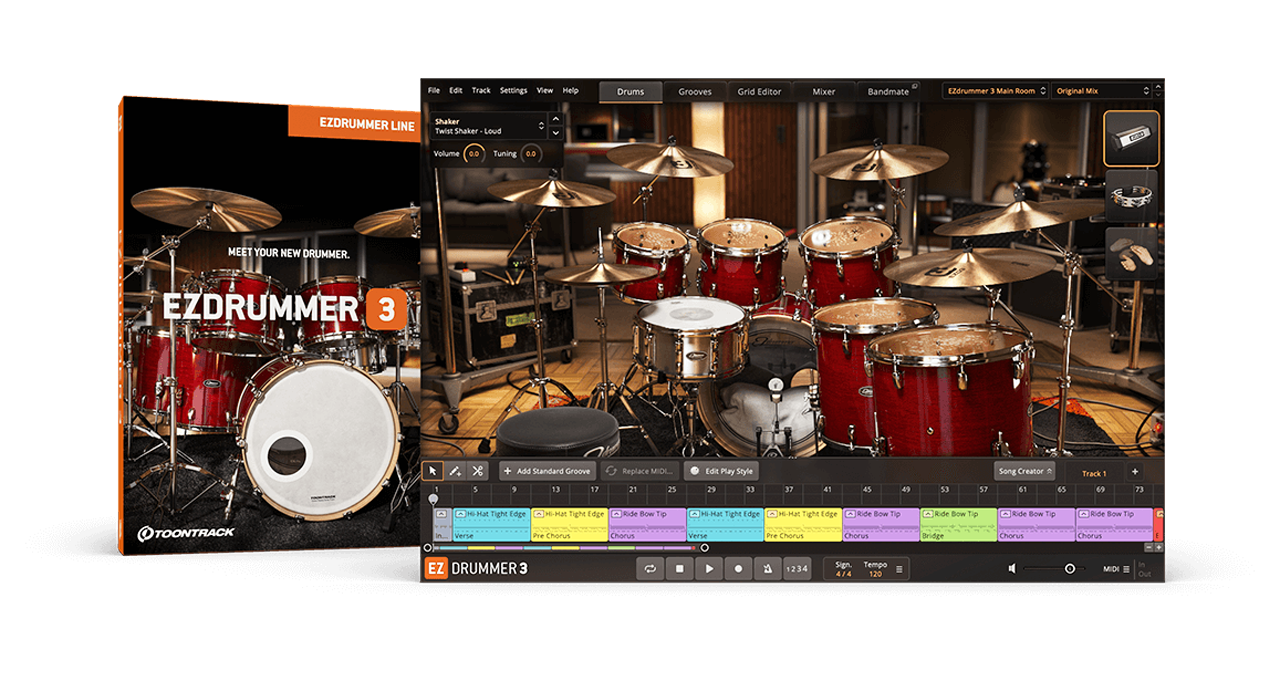
There is also a substantial Toontrack expansion sample and MIDI library, allowing you to build upon the package, zoning in on the style of music you want to make. You can even build drum tracks within the package and sync it to your DAW.
If all this sounds too good to be true, you wait until you see what EZBass and EZKeys can respectively do, in a very similar way, linking together these essential components for a realistic sounding band within your DAW
UJam - Virtual Drummer
UJam’s take on MIDI drums requires the user to trigger loops and styles manually from the keyboard. The advantage here is that you can select and change different grooves on-the-fly, but it can take a degree of practice to get something to sound coherent.
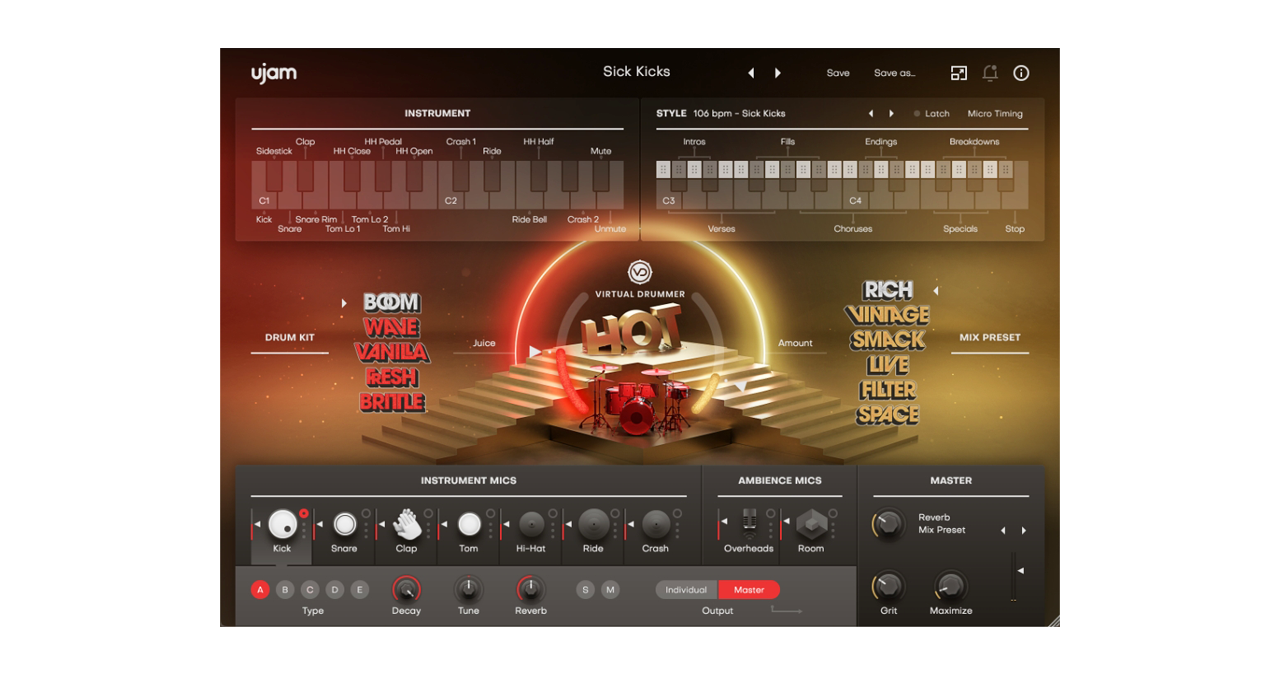
There are many different volumes in the UJam library, which can be extended to build up a sizeable collection of different drum sounds, across many different styles.
XLN Audio - Addictive Drums 2
Addictive Drums 2 is another healthy suite of extensive acoustic drum samples, accompanied by MIDI grooves and expansion possibilities. The MIDI element is more basic than some other packages, but XLN has gone the extra mile with the interface, which is particularly appealing to use.
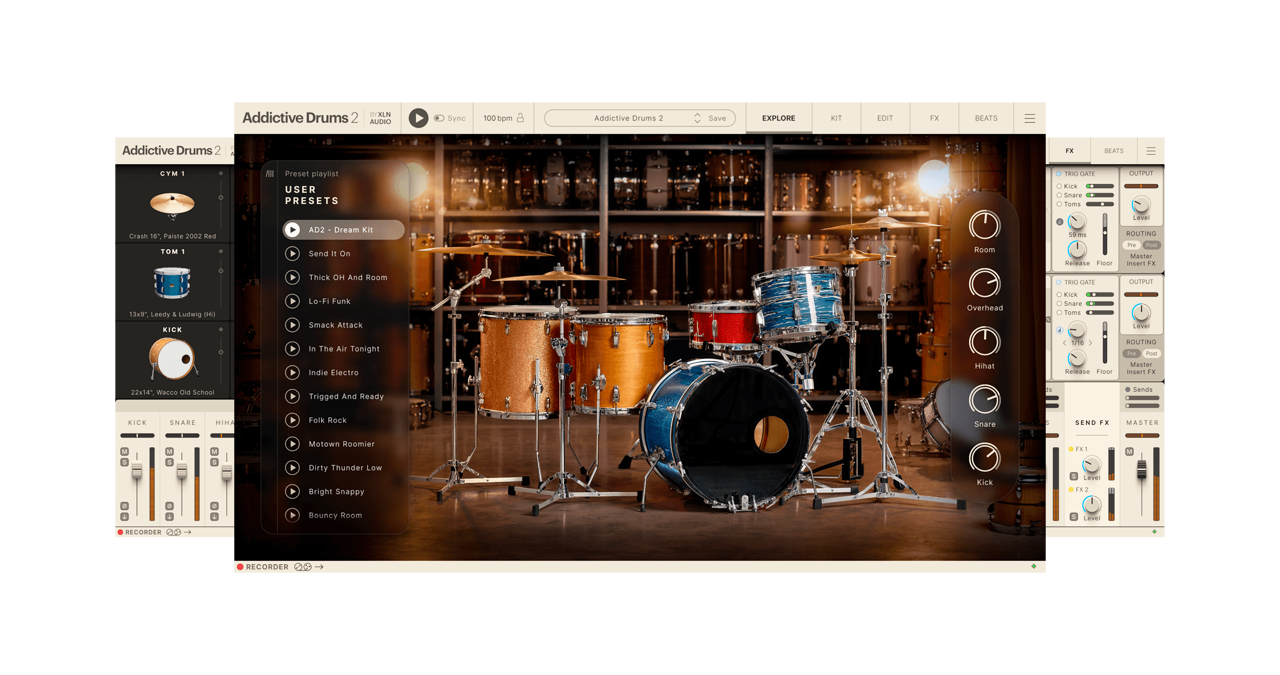
There are various package options from the outset, although like all of these plugins, completing the collection could be a costly pursuit!
Toontrack - Superior Drummer 3
Building upon the superb success of EZDrummer, Superior Drummer 3 took things up a considerable notch, with over 230GB of samples, an enormous library of live MIDI drums (curated by style and song section, with alternatives and fills) and a comprehensive mixer section, which allows access to a colossal number of microphone channels, used for the recording of each kit.
The basic package (of which there is nothing basic) is engineered by legendary production mastermind George Massenburg, and is completely backward compatible with EZDrummer content. However, the package really comes into its own through the SDX expansion libraries, which offer some of the absolute best drum samples available today, recorded in some of the best drum rooms in the world.
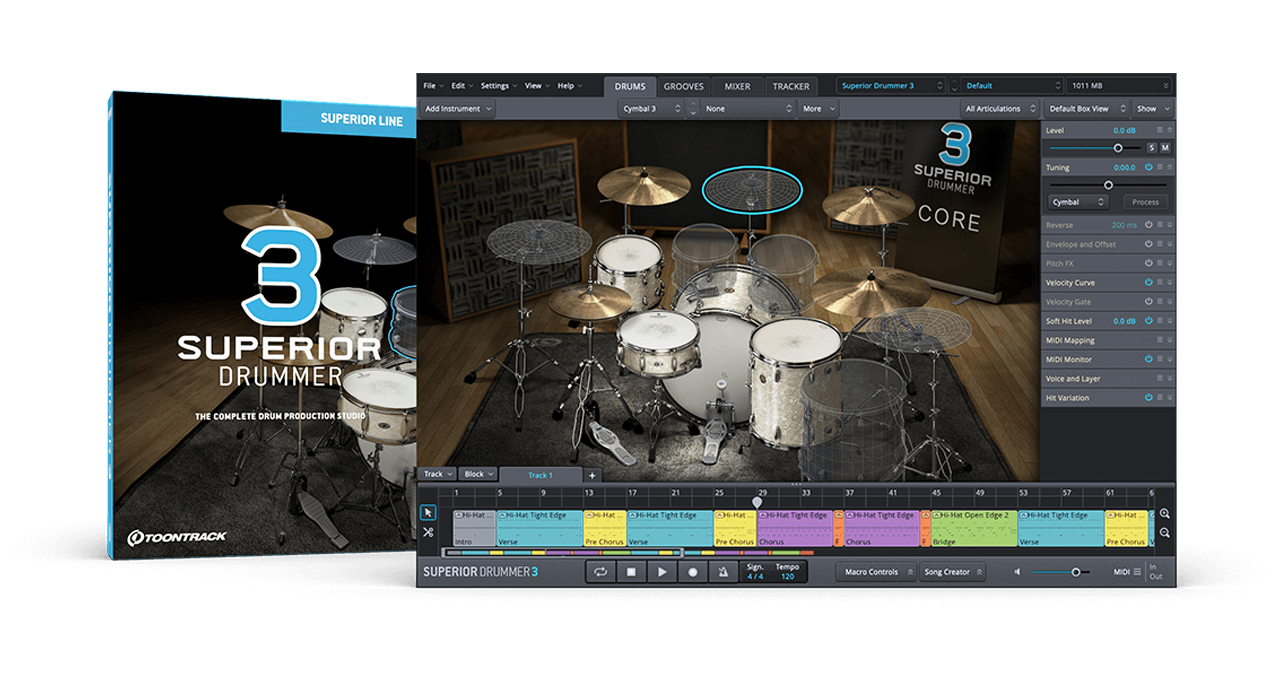
Whether you want a kit for metal, or lighter jazz duties, Toontrack has you covered. Even the most seasoned musician will find it difficult to ascertain whether or not it's the real thing, because in essence, it is!
Comparatively, it's not cheap, but in our view, it is the best.
Whether you're working from your DAW samples or a third-party suite, one final element to consider is the glue that binds the drum track together, at the backend of the mix.
Speak to any studio engineer, and they will have their favourite option for drum compression. Placing a compressor across the drum bus will have a very positive effect on the overall output, from any plugin or indeed live drummer.
Unsurprisingly, there are many vintage-in-software designs that would do a fine job, and in-tune with other suggestions we have made, always use your ears to form your own opinion. If you still need some inspiration though, try a basic 1176-style FET compressor, a Neve 33609, or one of our favourites, the API 2500 plugin, available from Universal Audio.
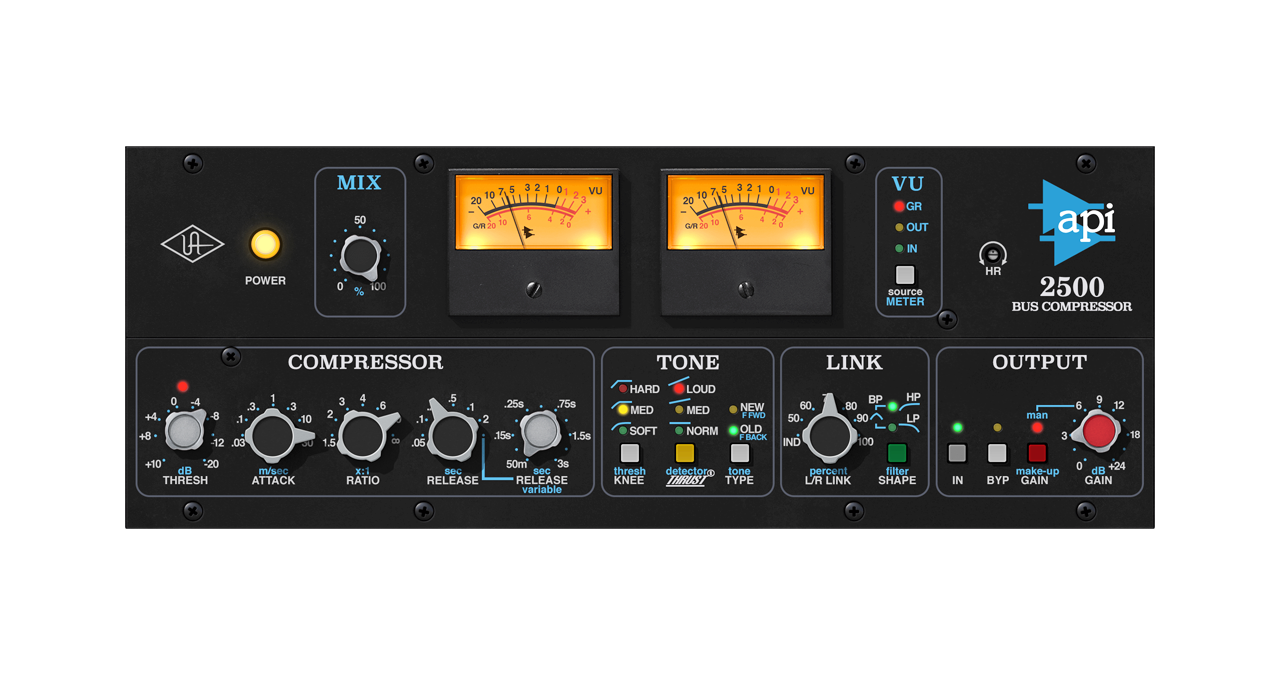
Remember, use your ears… and be objective!
Want all the hottest music and gear news, reviews, deals, features and more, direct to your inbox? Sign up here.
Roland Schmidt is a professional programmer, sound designer and producer, who has worked in collaboration with a number of successful production teams over the last 25 years. He can also be found delivering regular and key-note lectures on the use of hardware/software synthesisers and production, at various higher educational institutions throughout the UK
